Article by James R. White / Training Director / Shermco Industries
The job of maintaining windpower equipment is risky, even in the best circumstances. Close clearances in the tower base, tight working spaces in the nacelle, and IEC equipment configurations add up to increased risk from electrical equipment failure or mistakes made while working. Proper training for technicians and well-maintained equipment are essential to ensure safety. The industry has seen the consequences of incomplete training or faulty equipment.
In one devastating case, a wind-farm employee suffered burns on 15% of his body in an arc-flash accident. An uninterruptible power supply (UPS) made contact with a transformer-fed energized bus of a 600V circuit breaker.
The accident occurred as a technician made a routine check of the UPS. He opened the main circuit breaker, fed by the generator. The other side of the circuit breaker and bus, however, was being back-fed from the transformer. When the technician tried to move the UPS, it made contact between the UPS’ metal case and the energized 600-volt bus fed from the pad-mounted transformer.
The result, a phase-to-ground arcing fault, escalated to a severe phase-to-phase fault. The employee died in the hospital from complications stemming from the burns to his body.
Safe work practices would have required placing the equipment in an electrically safe work condition, the completion of a hazard analysis, and the use of appropriate protective equipment. None of this appeared to have taken place, putting the technician in a situation where an accident was likely to occur.
The two most important aspects of electrical safety to avoid incidents like this are qualified workers and the safe condition of electrical equipment.
Qualified workers
The average journeyman, wireman, master electrician, or engineer would likely say that he is qualified to work in most electrical situations. These professionals could have extensive experience, impressive expertise, and broad knowledge gained through years of hard work.
The safety training requirements of the Occupational Safety and Health Administration (OSHA) is what many of these otherwise well-qualified workers lack. Its regulations 29CFR1910.269 and 1910.332 require a worker to understand the construction and operation of the equipment and systems they work on (the technical side), and have training in and demonstrated competence in recognizing and avoiding electrical hazards (the safety side).
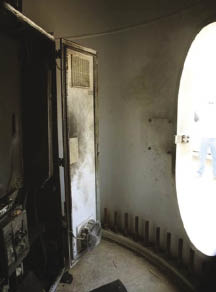
Investigators took this photo at the scene of an arc-flash accident that burned a technician, who died in the hospital. A UPS’ metal case made contact with an energized 600-volt bus being fed from a pad-mounted transformer. The resulting phase-to-ground arcing fault escalated to a severe phase-to-phase fault. Photo: Shermco Industries, Inc.
The National Fire Protection Association (NFPA) defines electrical safety as, “Recognizing hazards associated with the use of electrical energy and taking precautions so that hazards do not cause injury or death.” Of course, “recognize” is a slippery word. It means different things to different people.
Electricity cannot be seen (not if we expect to remain among the living, anyway). Without adequate safety training, workers may think they have a good understanding of electrical hazards and how to work safely, but what I have found during electrical safety presentations is that at least 30% of the attendees have a weak knowledge base. Another 30% have basic electrical safety knowledge, but they don’t know how to implement it.
The good news is the efforts of OSHA and NFPA appear to be reducing fatalities. Hands-on field training exercises must be a part of a worker’s training (and documentation) to meet OSHA’s “demonstration of skills” requirement. A chart from the Electrical Safety Foundation International that used statistics from the Department of Labor shows a fairly steep decline in the number of fatalities when viewed over a 19-year span. This graphic is for all occupations but only represents electrocutions.
Condition of equipment
Regardless of technician training, if electrical power systems and equipment are not properly maintained they become unsafe to operate. All 60 Hz electrical equipment is subjected to a vibration caused by the current alternating in an electrical system. This vibration is continually working to loosen connections. At a power plant where I used to work, we followed a three-year maintenance rotation on all equipment and systems. Every three years, about 50% of cabled connections had loosened.
The maintenance of overcurrent protection devices (OCPDs) is directly related to arc-flash hazard, as pointed out by NFPA 70E Section 130.5 IN No.1. The energy in a given incident is proportional to the time that machine has gone without proper maintenance. A person’s arc-flash personal protective equipment (PPE) is based on the OCPD working the way a manufacturer intended. If that OCPD is not maintained, its reaction time will lengthen or possibly not function over time, often because of dried lubricants. Small changes in operating time equate to large increases in incident energy.
As an example, a motor control center (MCC) that is expected to have an incident energy of 8 cal/cm2 at an 18-inch working distance is protected by a circuit breaker with a maximum total clearing time of two cycles. A lack of maintenance can increase clearing time to four cycles. That is a 0.033-second increase in time, but the incident energy will now be 16 cal/cm2. If a 10 cal/cm2 arc flash PPE was worn, that person would now be under-protected.
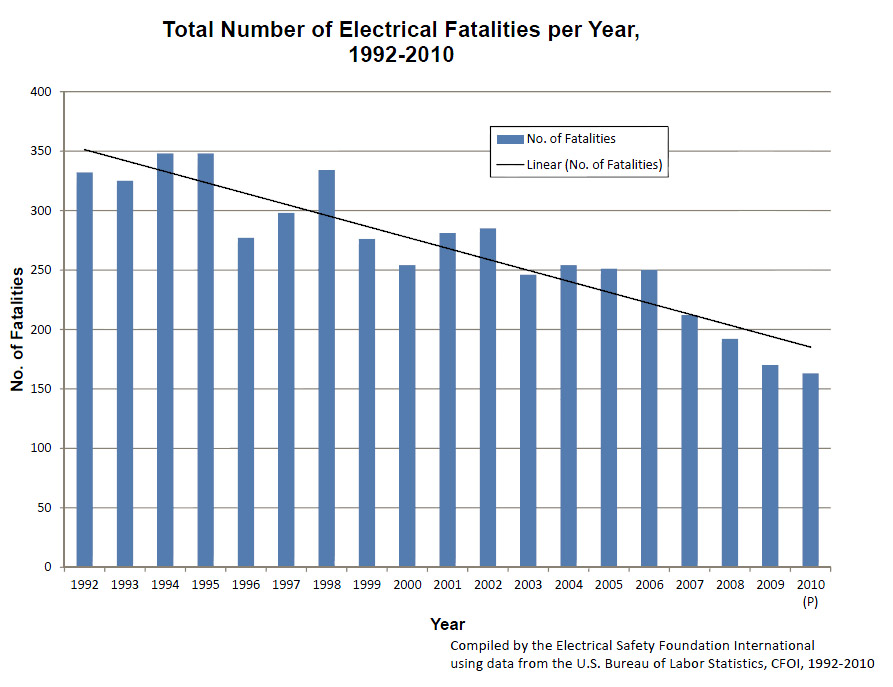 Now, if that same circuit breaker did not open, the next OCPD upstream would have to clear the fault. Its settings are probably higher and its instantaneous trip function may not operate, which means it would use its Long-Time Delay (LTD) function. This could easily extend the operating time to a second and more. A one-to-two second delay would tremendously increase the incident energy. Moreover, a 60-cycle delay in clearing the fault would increase the incident energy by 30 times, or to approximately 240 cal/cm2.
Now, if that same circuit breaker did not open, the next OCPD upstream would have to clear the fault. Its settings are probably higher and its instantaneous trip function may not operate, which means it would use its Long-Time Delay (LTD) function. This could easily extend the operating time to a second and more. A one-to-two second delay would tremendously increase the incident energy. Moreover, a 60-cycle delay in clearing the fault would increase the incident energy by 30 times, or to approximately 240 cal/cm2.
In the largest survey of its kind to date, member companies of the InterNational Electrical Testing Association were asked the causes of circuit breaker failures. The survey data, which contained 340,000 result, and conclusions were provided in a paper presented at the 2008 NETA PowerTest Conference and updated at the 2011 IEEE PCIC Conference(2). The survey showed 22% of circuit breakers had an issue with the overcurrent protective device that would have affected its operation. Moreover, 10.5% of the circuit breakers did not function at all. Of the circuit breakers that had performance issues, 42.8% had mechanical issues and over half of those were related to lubrication.
Workers at wind generation sites contend with innumerable safety issues. Among them are generators positioned 300 ft. in the air, confined electrical-equipment rooms at the base of the tower, back-fed transformers, generator “strings” that may have seven or more generators feeding the same distribution line, and isolated work sites.
Add to this the fact that many workers do not have an electrical background, and adherence to corporate electrical safety policies and procedures become even more important. WPE
PART TWO: Officially speaking
Part of electrical safety is the maintenance of electrical power systems and equipment, especially overcurrent protective devices (OCPDs). The 2012 edition of NFPA 70E(1) has a lot to say about the importance of maintaining electrical equipment. Below are some sections from NFPA 70E:
130.5 Arc Flash Hazard Analysis. “The arc flash hazard analysis shall take into consideration the design of the overcurrent protective device and its opening time, including its condition of maintenance.”
Informational Note No. 1: “Improper or inadequate maintenance can result in increased opening time of the overcurrent protective device, thus increasing the incident energy.” This is really the heart of the matter. If circuit breakers, protective relays and fuses are not properly maintained, there is no method or equation to determine what their operating time will be. It will certainly be longer than specified by the manufacturer, but will operating time be 2 cycles slower or 2 seconds slower?
Informational Note No. 4: “For additional direction for performing maintenance on overcurrent protective devices, see Chapter 2, Safety-Related Maintenance Requirements.”
205.3 General Maintenance Requirements. “Electrical equipment shall be maintained in accordance with manufacturers’ instructions or industry consensus standards to reduce the risk of failure and the subsequent exposure of employees to electrical hazards.” This section clearly states that failing to maintain electrical equipment and devices exposes employees to electrical hazards. NFPA 70E also recommends two industry consensus standards that may be used if the OEM instructions are not available: NFPA 70B, Recommended Practice for Electrical Equipment Maintenance, and ANSI/NETA MTS-2007, Standard for Maintenance Testing.
Specifications for Electrical Power Distribution Equipment and Systems (updated in 2011).
205.4 Overcurrent Protective Devices. “Overcurrent protective devices shall be maintained in accordance with the manufacturers’ instructions or industry consensus standards. Maintenance, tests, and inspections shall be documented.” OCPDs are singled out in this section as they have a disproportionate impact on worker safety. Note that where OCPDs are concerned, the maintenance, tests, and inspections must be documented.
In addition to the above sections, Chapter 2 includes maintenance requirements for most electrical devices, including OCPDs. The 70E Technical Committee meetings often discuss how the PPE recommendations in Chapter 1 are only valid if the requirements of Chapter 2 are met. Operating or working on poorly maintained electrical systems is a lot like rolling dice. Damaged equipment, injured workers, OSHA citations, and lawsuits could be the consequence of taking chances.
References
1. NFPA 70E – 2012, Standard for Electrical Safety in the Workplace
2. Widup, R. and Heide, K., NETA Maintenance Testing Research On Electrical Power System Equipment Performance, PCIC-2011-40
Filed Under: Safety

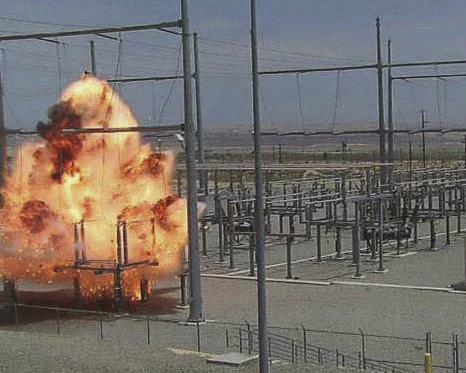
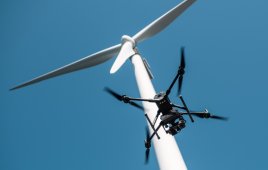
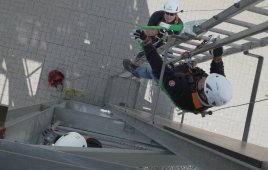
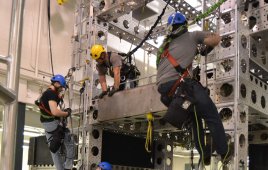
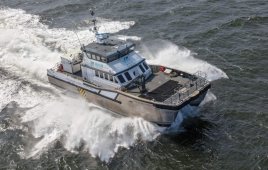
With the high-speed development of the electronic and information technology, the Internet, and communications in recent years, various video products has been in-depth developed, products like mobile video,
more information:http://www.moflon.com
Very careful observation is needed when working with heavy equipments. There is also a need of proper maintenance.
I wish in the nearest future we can have in our countries such these wind farm to create a clean energy .